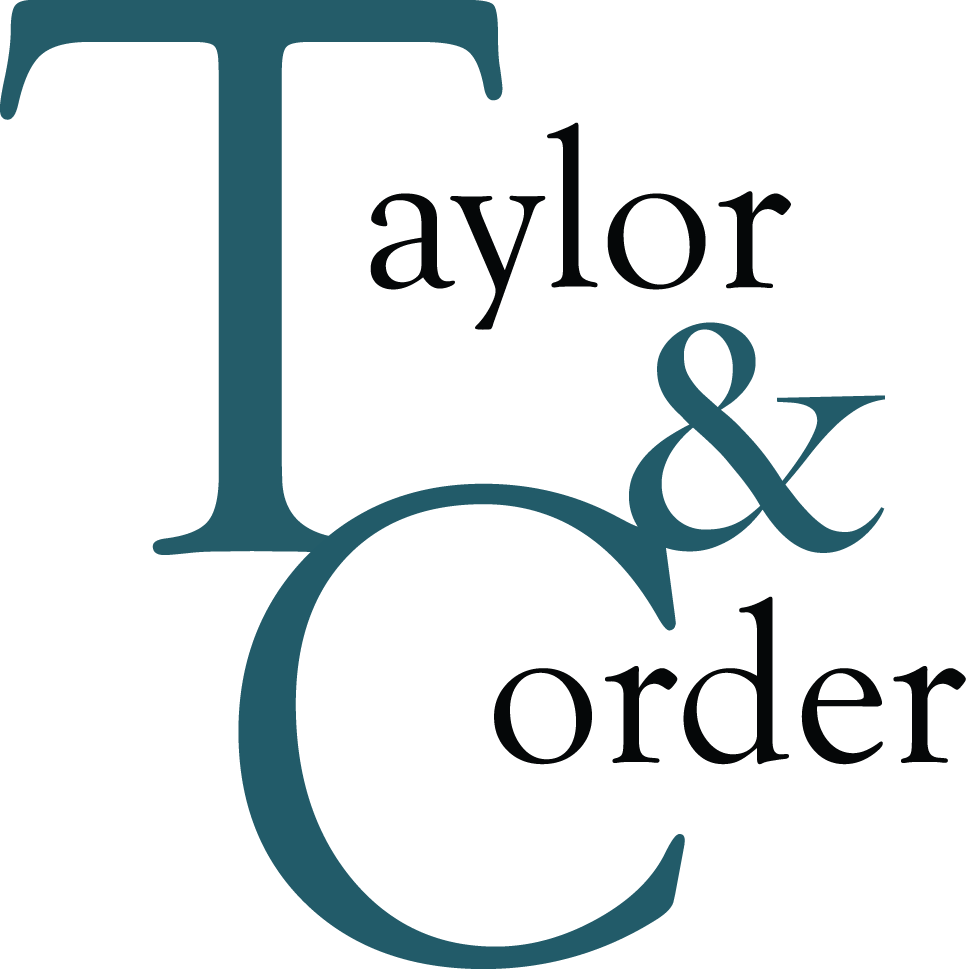Blog 
Click here to go back
Quarterly Taxes: What to Pay When
Quarterly Taxes: What to Pay When

As the owner of your business, part of your job is staying ahead of the curve and keeping your business on track for continued success. You probably find yourself continually navigating the twists and turns of supply and demand, the ups and downs of profitability, and anticipating what will be coming so you can successfully avoid any potential pitfalls. The daily obligations, the long-term objectives, and employee needs take much of your time. Add the responsibility of tax paperwork and reconciling your books, and you have the potential for overwhelm. We understand, which is why we have some quick tips for you in regard to managing your tax paperwork and filing deadlines.
2019 Quarterly Estimated Tax Deadlines
Take just a few moments to add the following quarterly estimated tax deadlines to your calendar. In addition, create a reminder with enough buffer to ensure all financials are in order and delivered to your tax preparer so you can file your estimated and payroll taxes each quarter without a scramble.
• April 15
• June 17
• September 16
• December 16
You may ask what sort of timeline is needed to meet these deadlines without a last-minute rush. Business owners often underestimate the type of detail that’s necessary to file taxes accurately. As a result, the week before quarterlies are due can be stressful. This stress can affect other important decisions and limit your leadership effectiveness. Here are a few ways to relieve that burden:
Helpful Strategies to Employ
Planning Correct Dates
Double check your quarterly tax due dates with your tax preparer and identify what type of timeline is necessary for adequate preparation.
Maintain accurate payroll records.
It’s important to keep up to date on your employees. Addresses, marital status, and salary can all change throughout the year. Paying attention and keeping your records accurate will help you immensely when you’re working through payroll tax obligations.
Understand your tax obligations.
Most businesses must juggle various tax rates on the federal, state, and local level. These each require their own forms. Start early and be diligent.
Make accurate estimations.
Each quarter you'll make payments based on that quarter's operations. While this may be laborious every three months, it helps you avoid the burden of a one-lump sum on March or April 15. (We also have another post filled with tips on your business’s year-end tax obligations and deadlines.)
If you find yourself buried in all the responsibilities that business ownership brings and have questions about assembling your quarterly taxes, contact us. We’re here to help you navigate the nuances of your particular business in regard to your federal, state, and local tax obligations.




